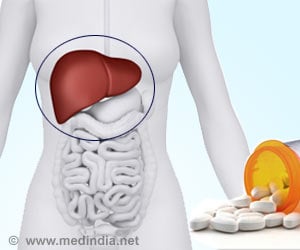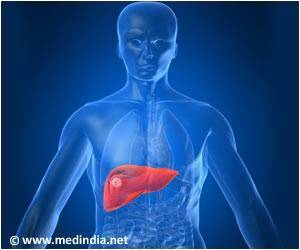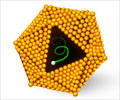Drug-induced liver damage can be caused by 1000 drugs, raising concerns about the safety of drug therapy
- An article on drug induced liver injury published in the AACN Advanced Critical Care Journal reports that 1000 drugs could lead to liver toxicity.
- Acetaminophen was found to cause 46% of drug-induced liver injury as it is available over the counter and found in painkillers.
- 10 persons out of 10,000 exposed are at a risk for drug-induced liver injury
- The drug toxicity could be due to an adverse immune response or biochemical damage to the cell.
Drug-induced liver damage is one of the frequent causes of liver damage. The symptoms of the condition can follow any pattern of chronic or acute liver failure, making identification difficult. Sometimes, the drug-induced symptoms subside after the drug is stopped, which poses a therapeutic challenge for physicians.
Pathogenesis of Drug-induced Liver Damage
The effect of drugs that leads to liver damage follows either a predictable path or an unpredictable one. Predictable effect is caused mainly due to paracetamol and the drug reaction is seen within a few days of the drug toxicity. The unpredictable effect results in a drug reaction that may produce effects after a few months to even one year later.
Chemicals are metabolized in the liver, which is the reason why the organ is susceptible to adverse drug reactions. The drug induced toxicity is due to the involvement of the drug or its metabolites and it acts by either
- Eliciting an immune response
- Or by affecting the biochemistry of the cell
The risk factors are associated with
- Reactive metabolites
- Mitochondrial effects
- Pharmacogenetics
- Drug metabolism
- Reaction to drugs
- Other drugs
- Age
- Sex
- Presence of other diseases
The symptoms that are associated with drug-induced liver injury include
- Chronic hepatitis
- Acute hepatitis
- Veno-occlusive disease
- Fibrosis
- Cirrhosis
- Microvesicular steatosis
- Atypical hepatitis
Other Medications That Trigger DILI
Some of the other medications that are mentioned in the article include
- Ibuprofen, naproxen and others nonsteroidal anti-inflammatory drugs (NSAIDs)
- Antiviral and antibiotics like sulfamethoxazole-trimethoprim, nitrofurantoin and amoxicillin-clavulanate
- Novel anticoagulants
- Herbal and dietary supplements
- AzathioprineStatins
- Sulfasalazine
- Proton pump inhibitors
- Carbamazepine, valproic acid and other antileptic agents
- Methotrexate
Determining drug toxicity is important, both for pharmaceutical companies as well as for physicians. The application of new fields in medicine like pharmacogenomics to understand genetic variations that dictate drug reaction will play a key role in identifying potential susceptibility.
The current study serves as a warning to limit the use of the drugs listed and to monitor patients for any adverse reactions.
Reference:
- Drug-Induced Liver Injury - (http://cid.oxfordjournals.org/content/38/Supplement_2/S44.full)















